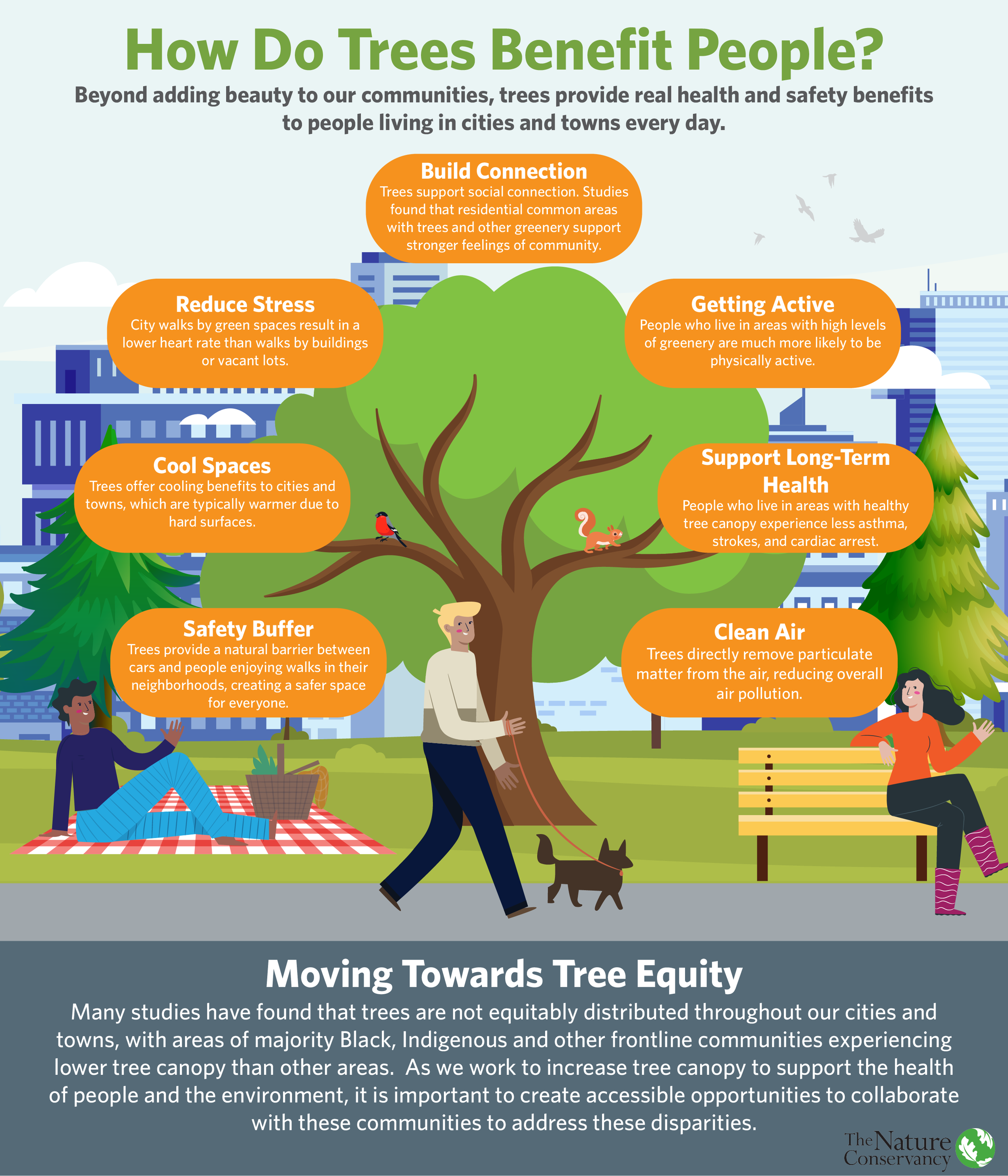By Jamie Roberston, Conservation Geographer
Take a step outside and look around.
If you live in the Puget Sound region, you may see a maple tree next to a large housing complex. Down the street further, you may see a park with a playground and a duck pond feeding a creek that disappears into a steep gully — dense with hemlocks, cedars and Douglas firs — which you know flows into a nearby large lake or possibly the Puget Sound.
The things you’ve observed are components of your urban ecosystem and scientists and planners call them land cover. Each type of land cover and its location plays a unique role in how water flows over the landscape, through your neighborhood and through cities, towns and rural areas in our broader region. Land cover represents habitat, such as forests and parks, for living things, yet some land cover types threaten living things as well.
Roads, for example, are a major source of pollution and flooding. Although the pollutants come largely from vehicles and rain from the sky, the roads themselves become the source of pollution when it rains and water rushes off hard surfaces into waterways. If poorly managed, stormwater runoff from roads poisons waterways, scours stream habitats and overflows our sewer systems.
While stormwater is influenced by many factors, its risk absolutely depends on the distribution of land cover in an area. Stormwater problems generally emerge on impervious surfaces, where rainwater cannot seep into the ground. These impervious surfaces are almost entirely human-made: roads, parking lots, sidewalks and rooftops. Similarly, each type of vegetation uniquely affects what happens to rainwater. For example, rain on grassy lawns often wash off similarly to impervious surfaces, but trees tend to reduce the wash-off effect by absorbing rainwater directly into leaves and roots and by slowing the falling water, allowing it to percolate into the soils below.
Knowing how much and where different types of land cover exist we can accurately predict how much and where stormwater will flow and how much pollution will enter each stream and on to Puget Sound. Although many land cover datasets exist, few cover the entire Puget Sound region while maintaining accuracy and precision enough to capture the complex distribution of land cover types necessary for stormwater planning at both local and regional scales.
To meet those needs, The Nature Conservancy has produced a highly accurate and precise land-cover map of Puget Sound with six land-cover types: grass, shrubs, trees, dirt/sand, water and impervious surfaces. We created this 1-meter resolution spatial dataset in Google Earth Engine using a combination of machine-learning tools and existing large datasets from the NOAA Coastal Change Analysis Program, Microsoft, Washington Department of Natural Resources and Esri. We tested accuracy using a ground-truthing dataset from Ken Pierce of Washington Department of Fish and Wildlife.
A careful look at this land-cover map reveals a count of 359,500 acres of impervious surface in the Puget Sound region, or about 560 square miles. That’s over 272,300 football fields of asphalt, concrete and metal where rainwater washes off without being taken up by trees or seeping slowly into the ground.
The health of Puget Sound impacts millions of people and our region’s iconic wildlife. Protecting and restoring the waters around us is vital to our economy, our environment, our health and well-being. At The Nature Conservancy, we are re-envisioning cities to function more like a forest. By enhancing nature in cities, more rainfall will be absorbed into the ground and more of the water flowing into Puget Sound will be clean.





























